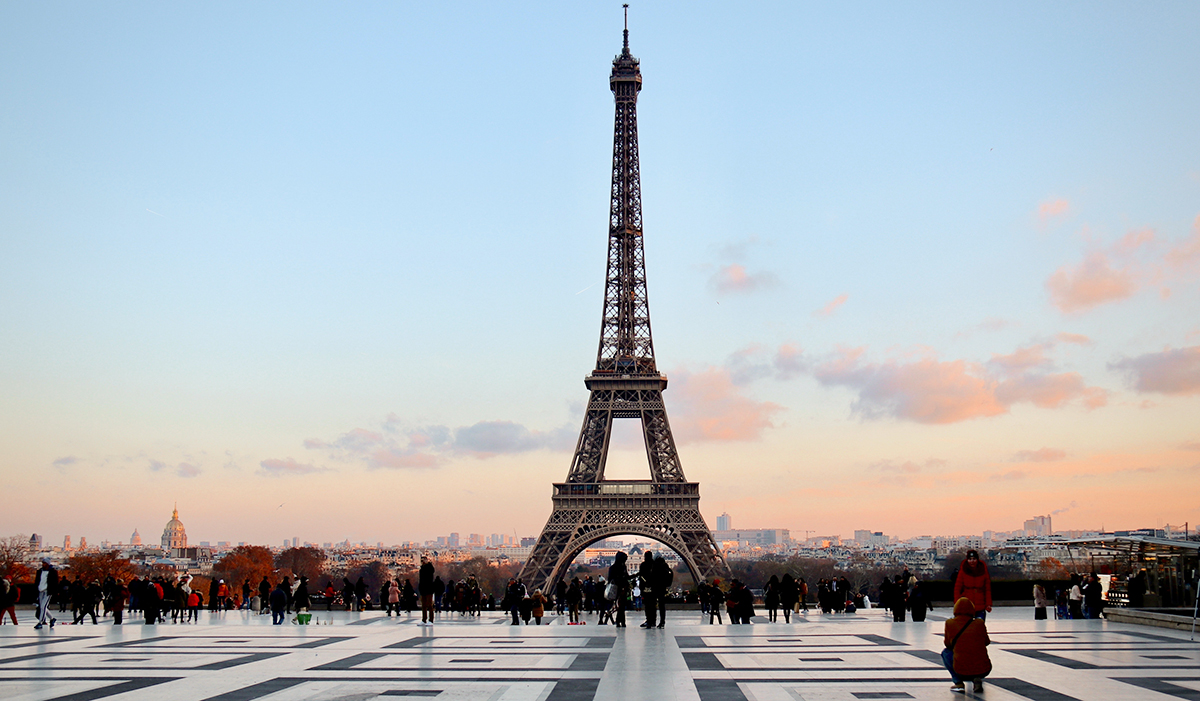It is one thing to discover France through its music, food, and literature, and another through its engineering and architecture. There are many monuments and inventions that have witnessed the extraordinary history of the city, and many constructions testify of its everlasting beauty.
Who are some of the most remarkable names behind Paris’ unmissable landmarks? Engineers are at the top of the list.
Gustave Eiffel
An engineer by training, Eiffel founded and developed a company specializing in metal structural work, whose crowning achievement was the Eiffel Tower and the ingenious structure of the Statue of Liberty. The Eiffel Tower was built between 1887 and 1889 based on the design of engineer Gustave Eiffel, after whom the tower was named. In fact, Eiffel’s design was chosen out of 107 other proposals as part of a competition to create an iron structure as the entranceway to Paris’ Universal Exhibition World Fair or ‘Exposition Universelle’. The intention was to mark the centennial of the French Revolution.
By Gustave Eiffel’s side were engineers Maurice Koechlin and Emile Nouguier as well as architect Stephen Sauvestre. Work on the 15-meter foundations began on 26 January 1887 and the Eiffel Tower was inaugurated on 31 March 1889 when Eiffel himself climbed the Tower’s 1,710 steps and planted the French flag at its peak.
On October 13, 2021 Eiffel movie was released. A period drama that suggests the tower’s A form was a constructed tribute to Eiffel’s first great amour, Adrienne Bourgès. The film paints a rather different, softer picture of Eiffel as a hopeless romantic whose project was not only a triumph of engineering but love.
Interesting Fact
On the Eiffel Tower, 72 names of French scientists, engineers, and mathematicians are engraved in recognition of their contributions. The engravings are found on the sides of the tower:
- The North-East side (La Bourdonnais side)
- The South-East side (the Military School side)
- The South-West side (the Grenelle side)
- The North West side (the Trocadéro side)
Nicolas Léonard Sadi Carnot
He is the 2nd most famous French Engineer. He was a mechanical engineer in the French Army, military scientist, and physicist, and often described as the “father of thermodynamics.” He published only one book, the Reflections on the Motive Power of Fire (Paris, 1824), in which he expressed the first successful theory of the maximum efficiency of heat engines and laid the foundations of the new discipline: thermodynamics. Sadi Carnot’s intellect was not known in his lifetime but actually post-mortem, as his technical concerns in his book and notes laid the groundwork for modern science technological designs, such as the automobile or jet engine.
Pierre-Simon Laplace
Known as the French Newton, Pierre-Simon Laplace was a scholar who had a major influence and impact on the world of engineering, mathematics, statistics, physics, astronomy, and philosophy. He formulated Laplace’s equation and pioneered the Laplace transform which appears in many branches of mathematical physics, a field that he took a leading role in forming. To this day, Laplace is remembered as one of the greatest scientists of all time.
Michel Virlogeux
An honorable mention goes to the contemporary structural engineer and bridge specialist Michel Virlogeux. He was the second half of the Anglo-French project, Concorde bridge, and co-designed by Norman Foster. A true technical triumph, this bridge is considered to be the highest in the world. Fun fact: There was opposition to the planned construction from businesses nervous of losing customers from passing trade, but in fact, the viaduct has attracted more tourists to the area, and the town has flourished.
Marie Curie
We couldn’t skip a strong female lead, Marie Curie is remembered for her discovery of radium and polonium, and her huge contribution to finding treatments for cancer. In 1903 Marie and her husband Pierre were awarded the Nobel Prize for Physics jointly with Henri Becquerel for their combined, though separate, work on radioactivity. Her determination and remarkable endeavors led to a second Nobel Prize in 1911, this time in chemistry for creating a means of measuring radioactivity. She is also the first woman honred at the French “Pantheon” in Paris, the memorial dedicated to the “great men of France.
Pursuing an Engineering degree at one of the selective Grandes Ecoles in France is surely a guarantee for a great career in the diverse field of Engineering and a stepping stone to making a remarkable impact in society especially with the diverse specialization the major has to offer. As Pascal Pinot, ESiLV’s dean, says:
Studying at ESILV means taking control of your own learning while surrounded by businesses which take an active role in the school’s teaching. The course provides countless opportunities to develop and broaden the scope of your learning: technical projects, majors, tracks, time abroad, double degrees, internships, and more.
Are you the next big name in engineering?







